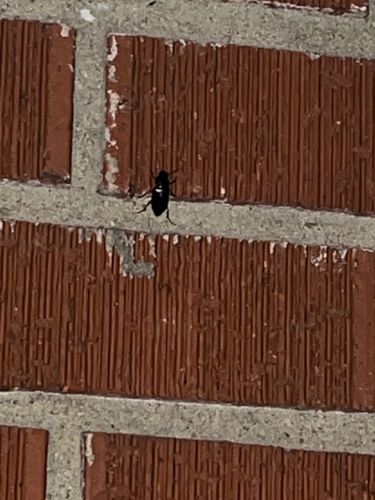Ground Beetle
Scientific Name: Carabidae (family)
Order & Family: Order: Coleoptera, Family: Carabidae
Size: Most ground beetles range from 2 mm to 35 mm (0.08 to 1.4 inches) in length, though some can be larger.

Natural Habitat
Ground beetles are found in a wide variety of terrestrial habitats, including forests, fields, gardens, under rocks, logs, leaf litter, and in soil. Many are nocturnal and hide during the day.
Diet & Feeding
The majority of ground beetles are predatory, feeding on a wide range of invertebrates such as slugs, snails, caterpillars, fly maggots, root maggot eggs, and aphids. Some species may also consume seeds or fungi.
Behavior Patterns
Ground beetles are primarily nocturnal, hunting for prey or foraging for food during the night. They are fast runners and can often be found scurrying away when disturbed. Many species are flightless, but some can fly. They undergo complete metamorphosis with larva, pupa, and adult stages. Larvae also tend to be predatory.
Risks & Benefits
Ground beetles are highly beneficial insects in agricultural and garden ecosystems as they are important natural predators of many pest insects and slugs, helping to control their populations without the need for chemical pesticides. They pose no direct risks to humans; they do not sting or bite, and are not known to transmit diseases. Some species can emit foul-smelling secretions as a defense mechanism when threatened, but this is harmless to humans.
Identified on: 9/7/2025